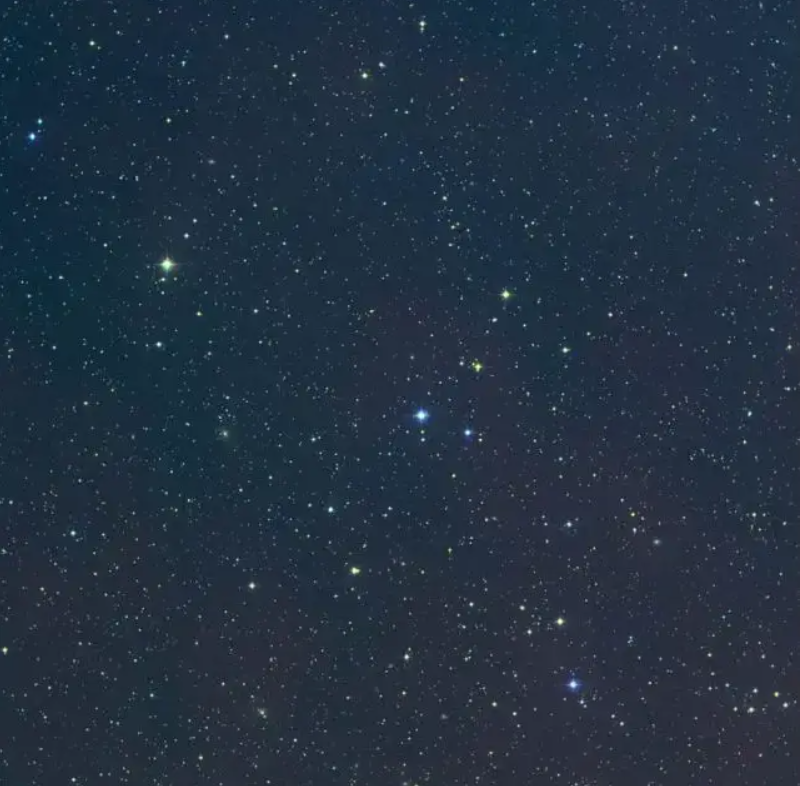Researchers have potentially identified an ancient, dark galaxy – a massive, undisturbed collection of cold hydrogen gas that has yet to undergo star formation – within the current universe. If verified, this finding has the potential to offer astronomers valuable insights into the early stages of galactic evolution. Karen O’Neil, the principal investigator and an astronomer at the Green Bank Observatory in West Virginia, expressed her excitement: “I have been immersed in this field for numerous years, and the quest for such a phenomenon has been eagerly anticipated.”
The initial hint of an irregularity emerged from a disparity in observations conducted by the Green Bank Telescope (GBT) and the Nançay Radio Telescope during a collaborative survey of faint galaxies. Despite both telescopes being aimed at the same section of the sky, the 100-meter-wide GBT detected something that the Nançay Radio Telescope did not.
O’Neil revealed during a press briefing at the American Astronomical Society’s winter conference in New Orleans on January 8 that after thorough examination and careful scrutiny, it was discovered that the coordinates in the GBT catalog were mistakenly inputted. Unfortunately, mistakes like these can sometimes happen among astronomers, particularly during late-night observations.

GBT’s radio observations indicated the presence of a gas cloud resembling a spiral galaxy, with a mass of several billion solar masses. This gas cloud was observed to rotate at a speed similar to that of the Milky Way. However, no corresponding observations were made in the visible light spectrum. Upon reviewing the data, the researchers questioned what they had actually detected.
It was then realized that there was no visible presence. As a result, it is speculated that the discovery could potentially be a primordial galaxy, consisting mainly of diffuse gas that is too sparse for gravitational forces to trigger star formation. This galaxy, named J0613+52, is located approximately 270 million light-years away and exists in isolation from neighboring galaxies, which could otherwise disrupt its formation process.
O’Neil expresses his belief that primordial galaxies are likely to be uncommon, as previous surveys conducted by the now-defunct Arecibo Observatory in Puerto Rico would have identified them if they were prevalent.
“I maintain a cautious approach because when you finally come across something you have eagerly anticipated, there is always a lingering doubt—’Is this truly what we have been searching for?’” commented O’Neil. “Nonetheless, this discovery represents the most promising candidate thus far.” In order to confirm the primordial nature of the galaxy, the research team plans to utilize a large optical telescope for extended observations—ironically, with the hope of observing nothing at all. “Even if we succeed in detecting it, the surface brightness will be extremely low, yet incredibly exhilarating,” O’Neil stated. “However, if we are unable to detect it, that outcome would be equally fascinating.”
Do not forget to share your opinion with us to provide you with the best posts !




0 Comments